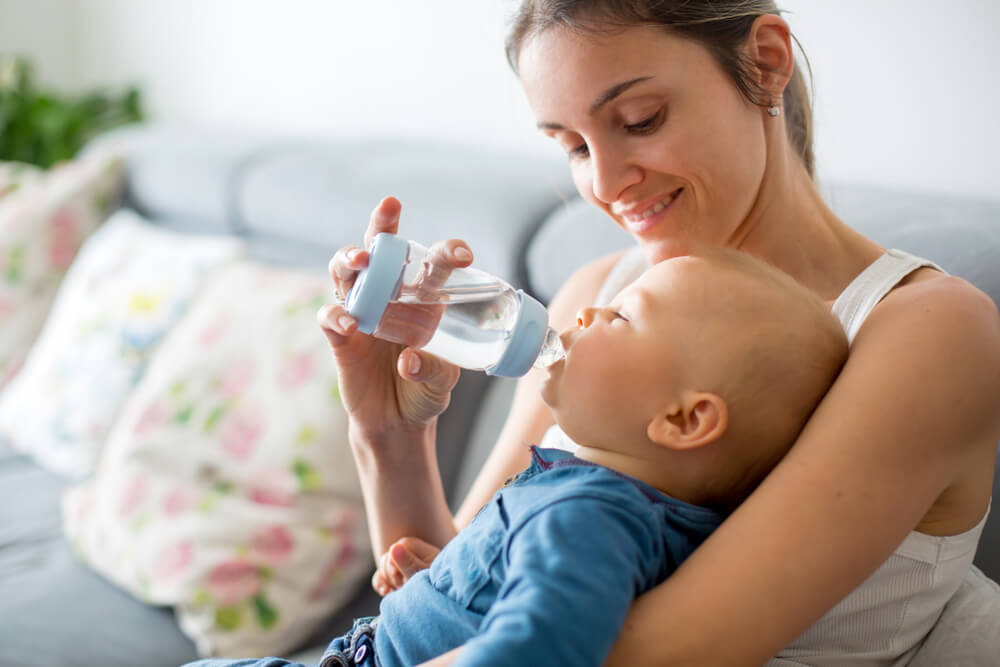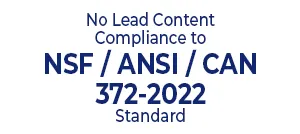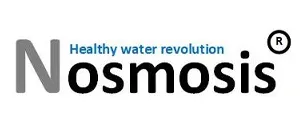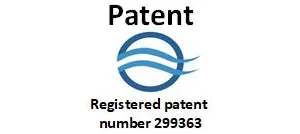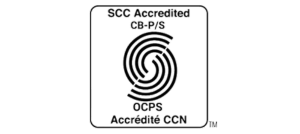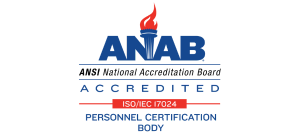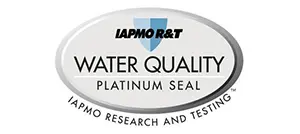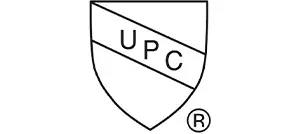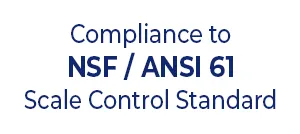Water is at the center of our lives—we drink it, cook with it, bathe in it, and clean with it. But if you think the water in your home is always clean and safe, think again. From aging pipes to agricultural runoff, tap water in many areas contains a wide range of contaminants, including chlorine, lead, microplastics, heavy metals, PFAS, and even radioactive gases like radon.
That’s why investing in the best home water filter system is no longer optional—it’s essential. But with so many options out there, how do you know which one is right for your home?
What Makes a Home Water Filter System the Best?
The ideal filtration system for your home should do more than just improve the taste of your water—it should protect your health and work efficiently throughout your entire household. Here’s what sets the best systems apart:
- Contaminant Removal: Reduces or eliminates a wide range of pollutants including chlorine, lead, VOCs, pesticides, microplastics, PFAS, and radioactive elements
- Whole-Home Coverage: Filters water at the point of entry so that every tap, shower, and appliance is protected
- Certified Performance: Independently tested and verified to meet NSF/ANSI standards for filtration efficacy and material safety
- Safe Materials: Must be certified lead-free and chemically stable under NSF/ANSI 61 and 372 standards
- Gas Release: The best systems go beyond solids and chemicals—they also release gases such as radon, chlorine vapor, hydrogen sulfide, and ammonia before they’re inhaled or escape into your home. This feature is critical for protecting respiratory health and indoor air quality, and TipaTech is the only system in the world that offers this innovation. Gas and air release also contributes to prohibiting aerobic bacterial growth within the pipes and appliances of the home.
- Long-Term Value: Efficient operation with no electricity, zero water waste, and low-maintenance design
According to the EPA, water filters certified under NSF/ANSI standards and matched to your local water conditions are essential for protecting public health and ensuring real-world performance (EPA, 2023).
Top Pick: TipaTech T-18 Whole House Filtration System
If you’re serious about protecting your home and health, the TipaTech T-18 stands out as one of the most advanced, eco-friendly and economical whole-house systems available today.
Why it’s the best:
- Tested and Certified by IAPMO
Compliance to: NSF/ANSI 42/61/372-2022 standards. - Reduces chlorine, heavy metals, pharmaceuticals, pesticides, sediment, and more
- Uniquely designed to release undissolved gases, including radon, hydrogen sulfide, and chlorine vapor, which can be inhaled during hot showers
- Zero electricity, zero water waste, and no backwashing
- Optional cartridges for magnesium enrichment and anti-radiation filtration
- Simple installation, low maintenance, and no connection to the sewer system—minimizing bacterial risk
“Point-of-entry systems are especially useful for reducing both ingestion and inhalation of contaminants like volatile organic compounds and gases, which can be absorbed through the lungs during bathing.” — EPA
Under-the-Sink Companion: TipaTech LotusDY System
To complete the system at the tap, the LotusDY offers an under-sink upgrade focused on drinking and cooking water:
- Filters down to 0.007 microns—reducing parasites, bacteria, microplastics, and radioactive elements
- Features a TDS-adjustment button to preserve or add beneficial minerals like magnesium
- TipaTech is the only water filtration system in the world that actively releases undissolved gases, including radon, chlorine, hydrogen sulfide, and ammonia, before they reach your glass or escape into indoor air
- Eco-friendly: requires no electricity, produces no wastewater, and fits easily under most sinks
- Tested and Certified by IAPMO
Compliance to: NSF/ANSI 42/61/372-2022 standards.
According to the CDC, microbial and chemical contaminants in drinking water are linked to gastrointestinal illness, reproductive problems, and neurological disorders—especially in vulnerable populations like children and the elderly (CDC, 2023).
What About Reverse Osmosis?
While reverse osmosis (RO) systems are effective at removing many contaminants, they come with trade-offs:
- Strip away healthy minerals like calcium and magnesium
- Waste up to 4 gallons of water for every 1 gallon of filtered water
- Often require electricity and frequent membrane replacements
- Do not release undissolved gases, meaning contaminants bacteria, radon and chlorine vapor can still be inhaled during showers
RO systems are useful in some cases but aren’t always the most sustainable or comprehensive option—especially when undissolved gases are a concern.
Final Thoughts: Clean Water, Whole Home, Zero Compromises
Choosing the best home water filter system means balancing protection, performance, and sustainability. While many filters improve taste or remove basic contaminants, only TipaTech systems go the extra mile by releasing undissolved gases before they can harm your health.
Whether it’s the TipaTech T-18 for whole-house protection or the LotusDY for drinking water precision, TipaTech delivers unmatched innovation—with no electricity, no water waste, and no compromises.
Because your home deserves more than “filtered enough.” It deserves filtration done right.
